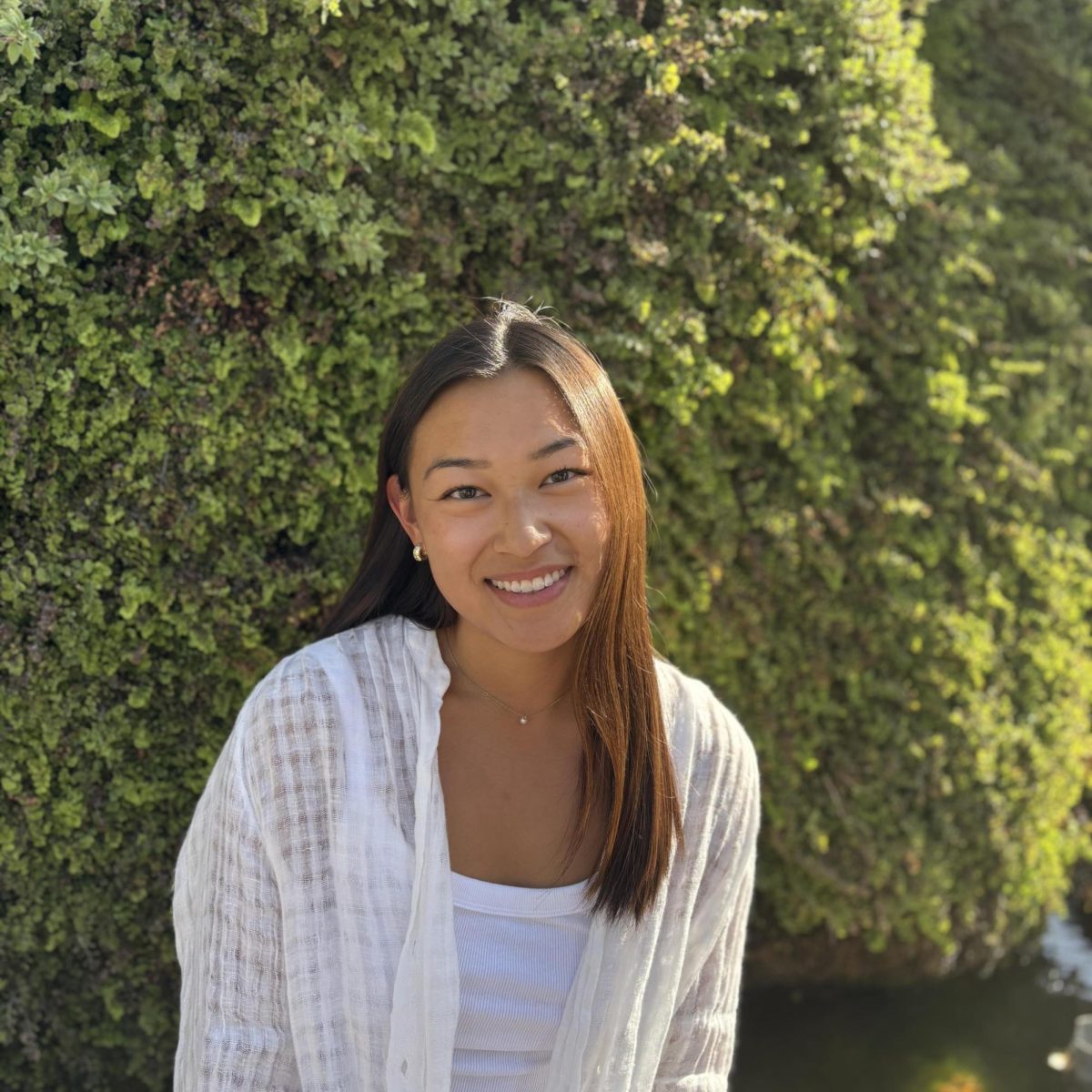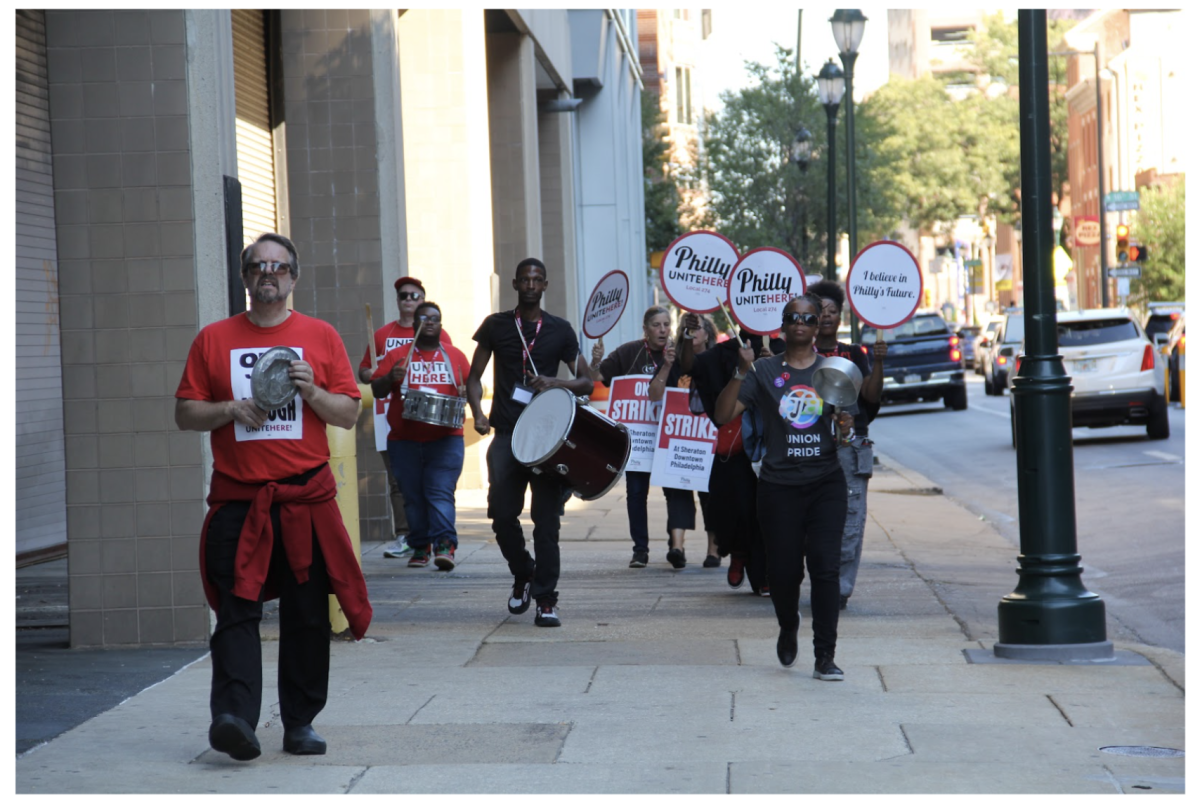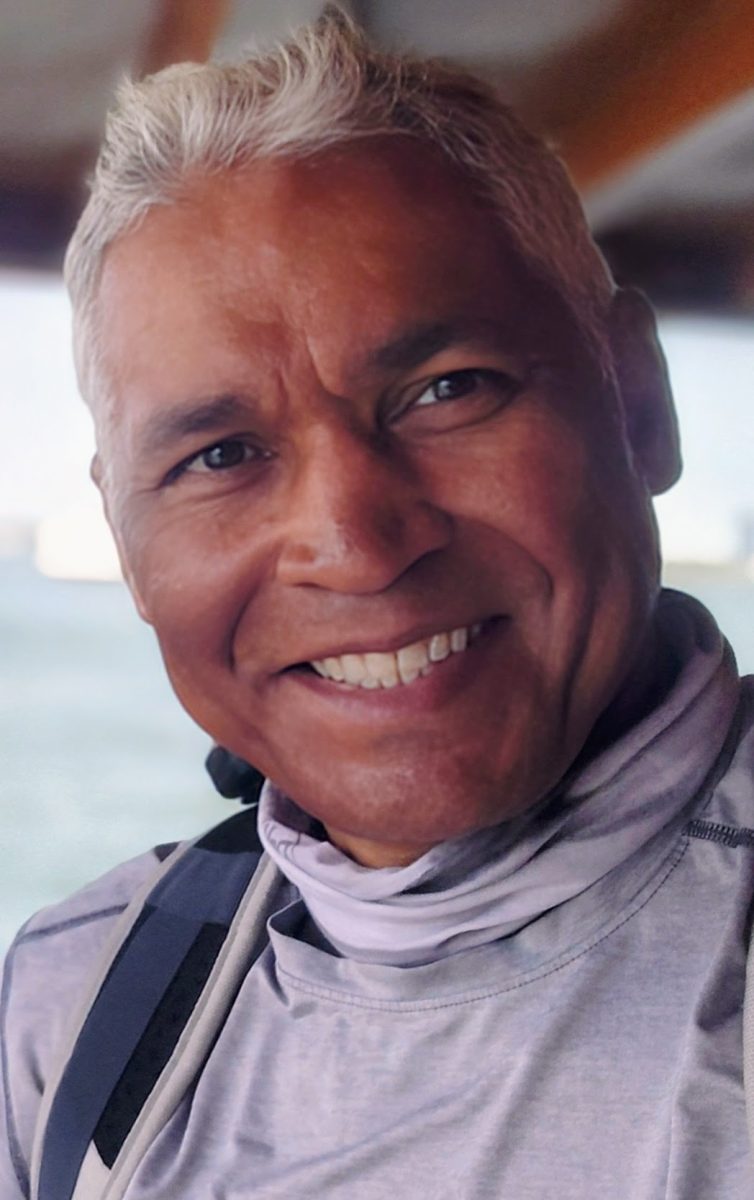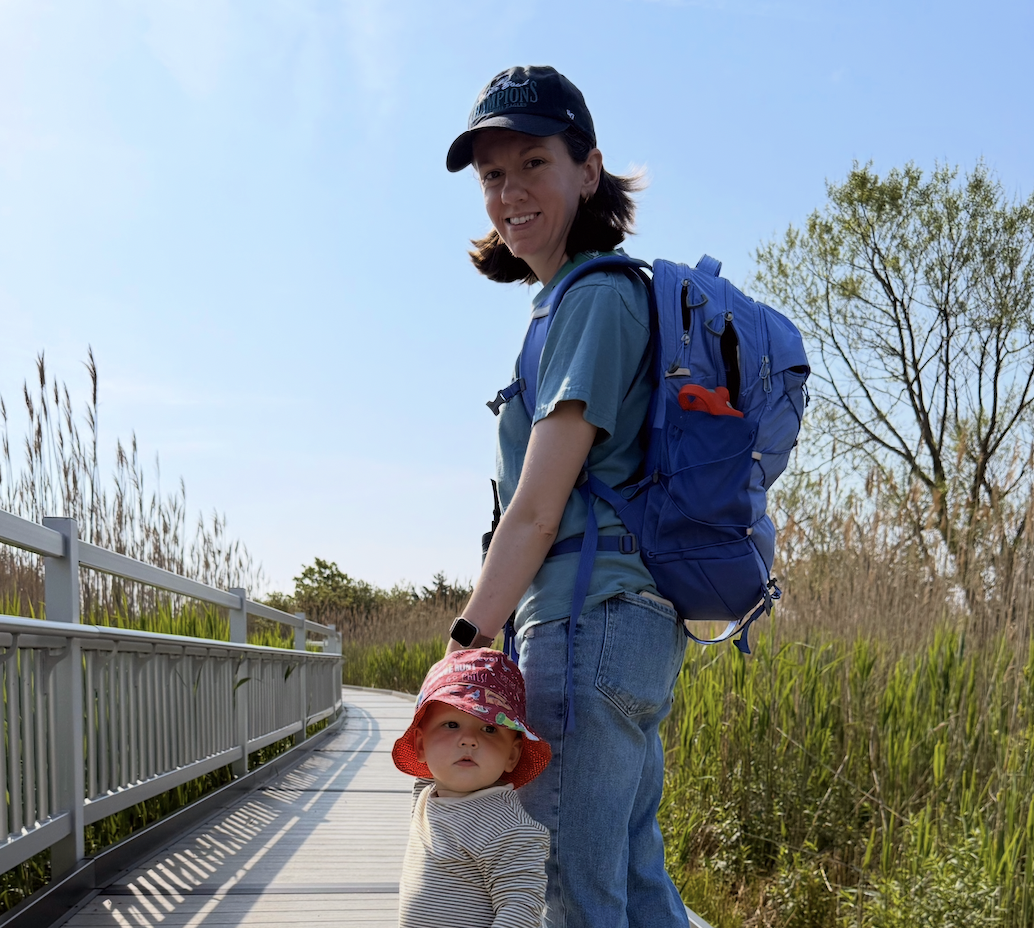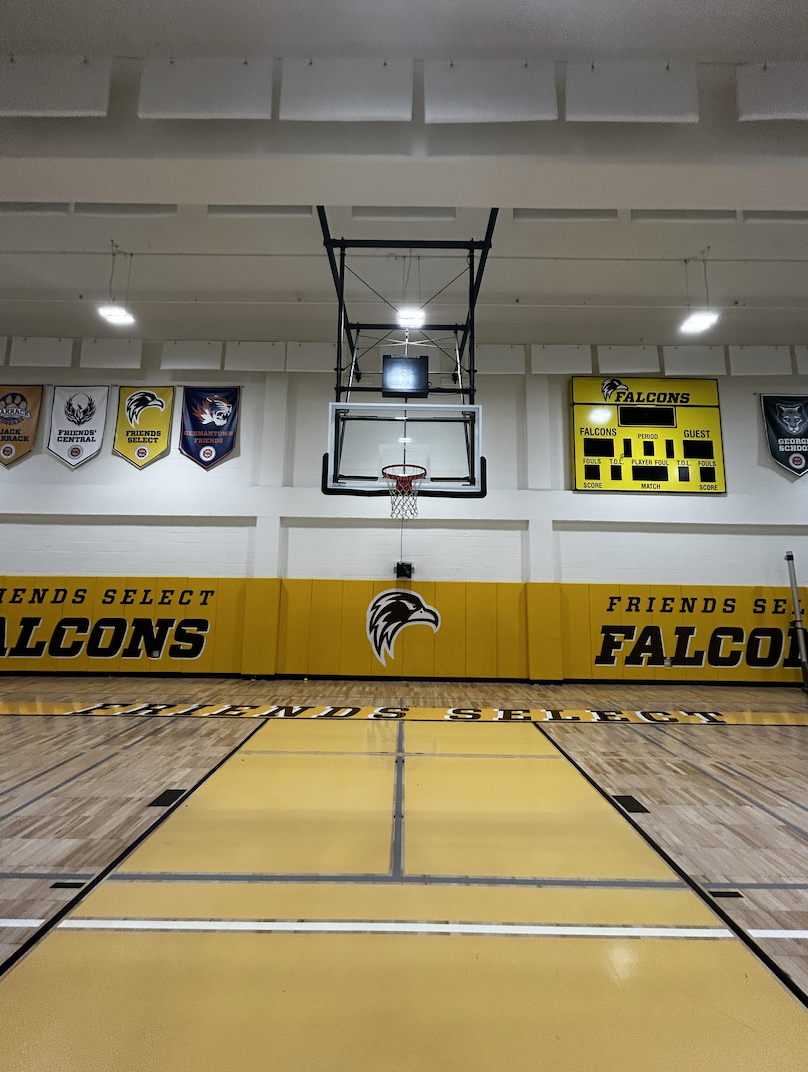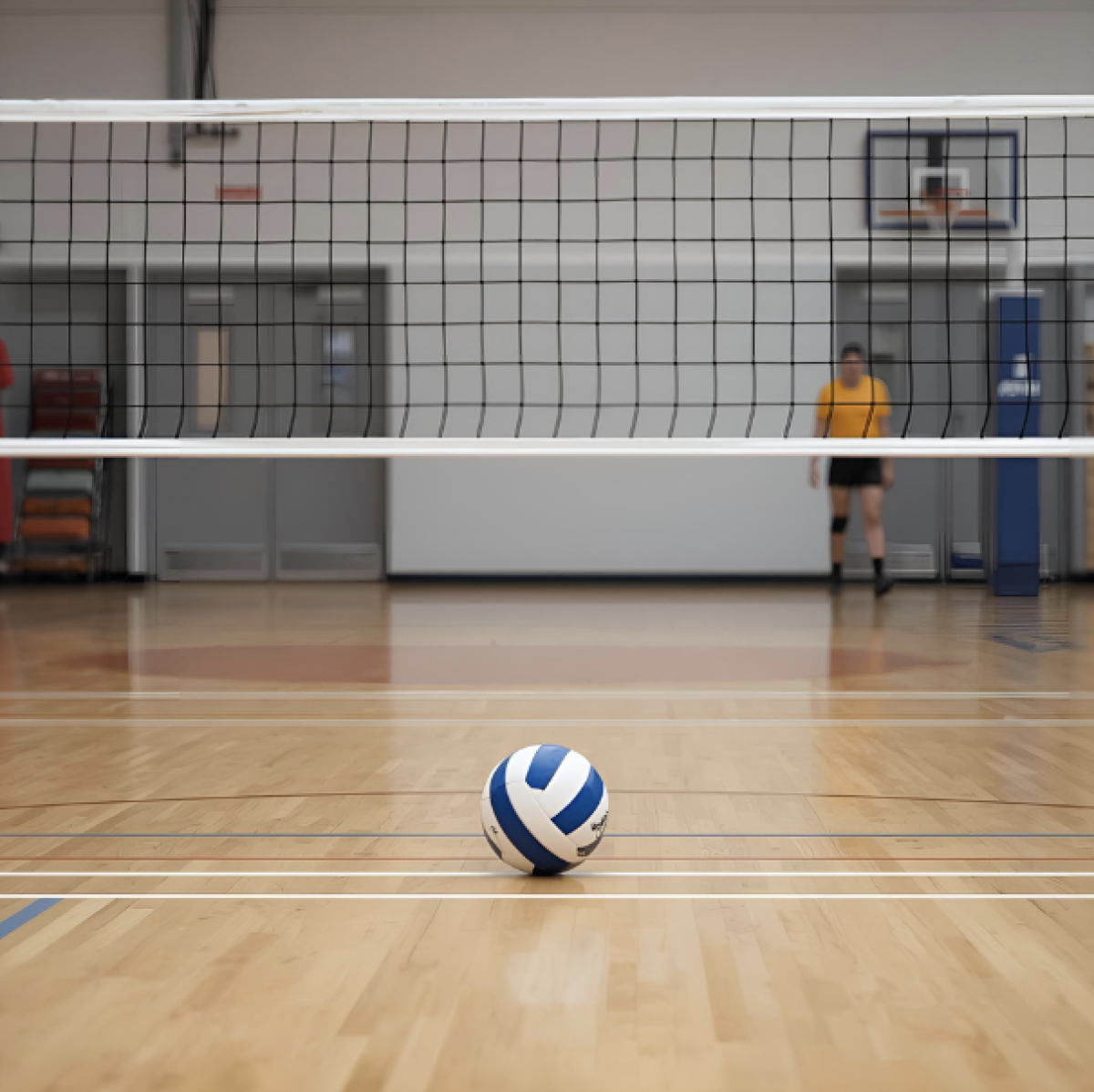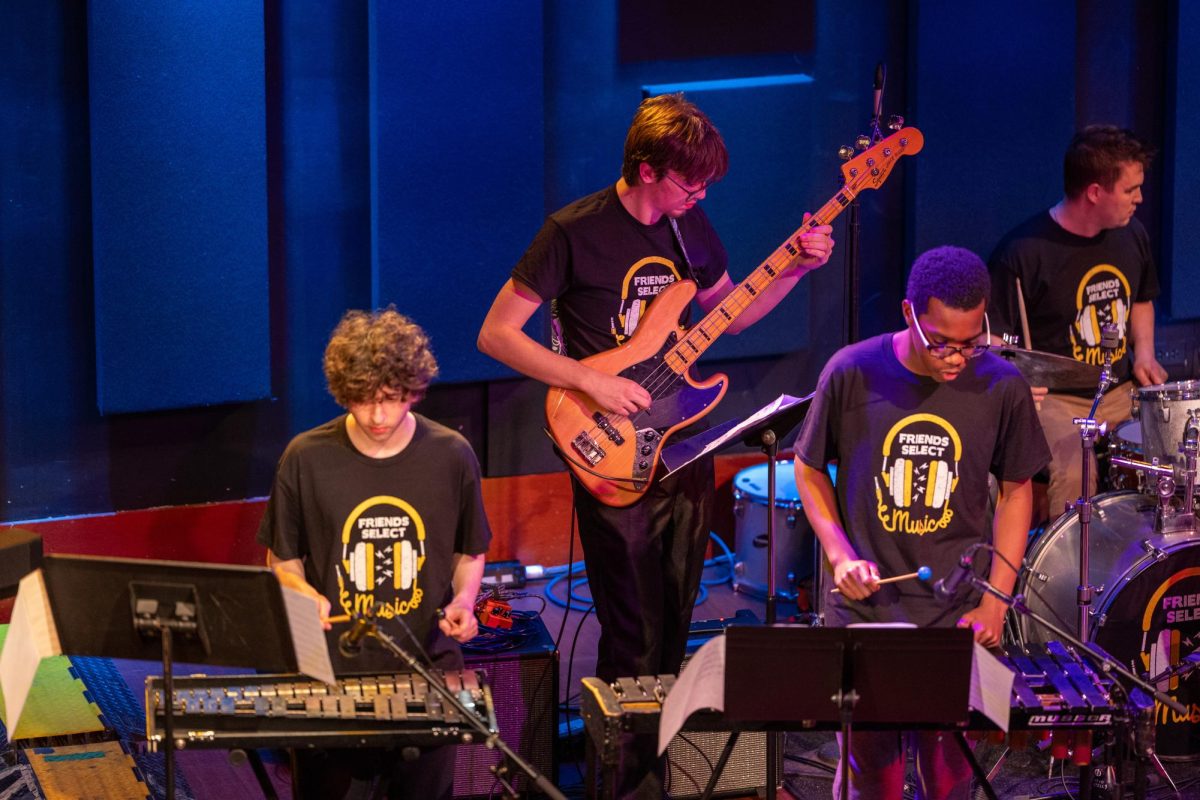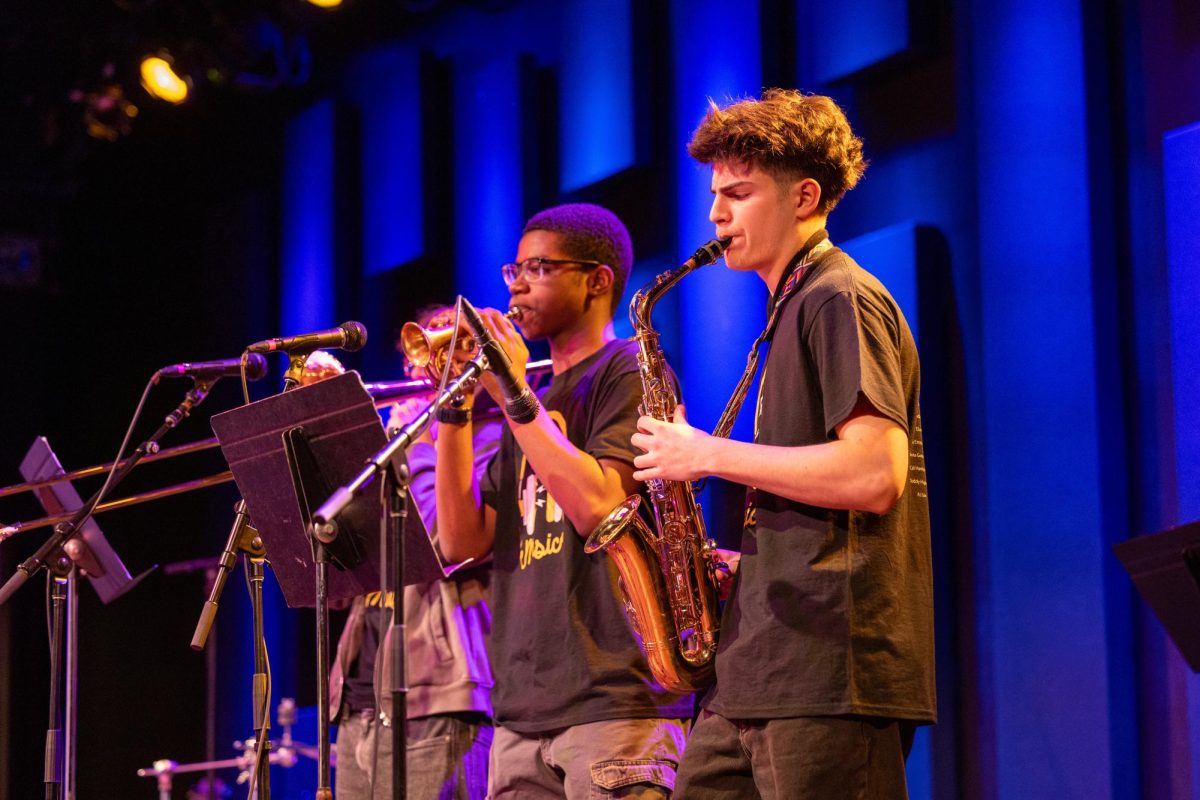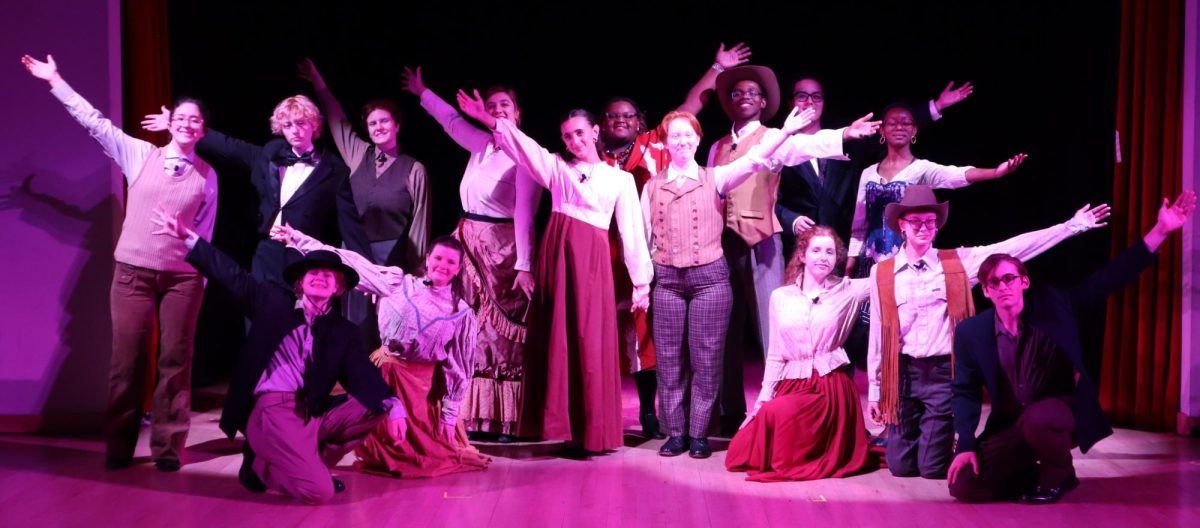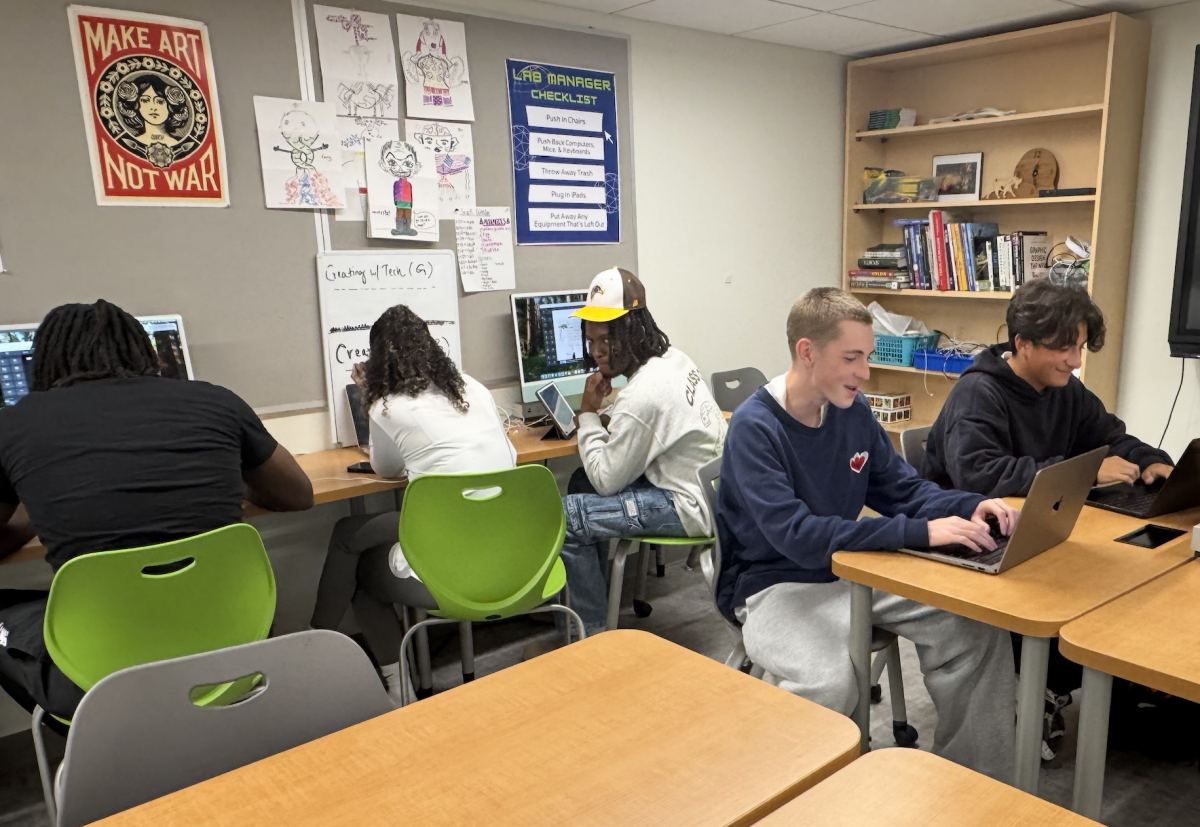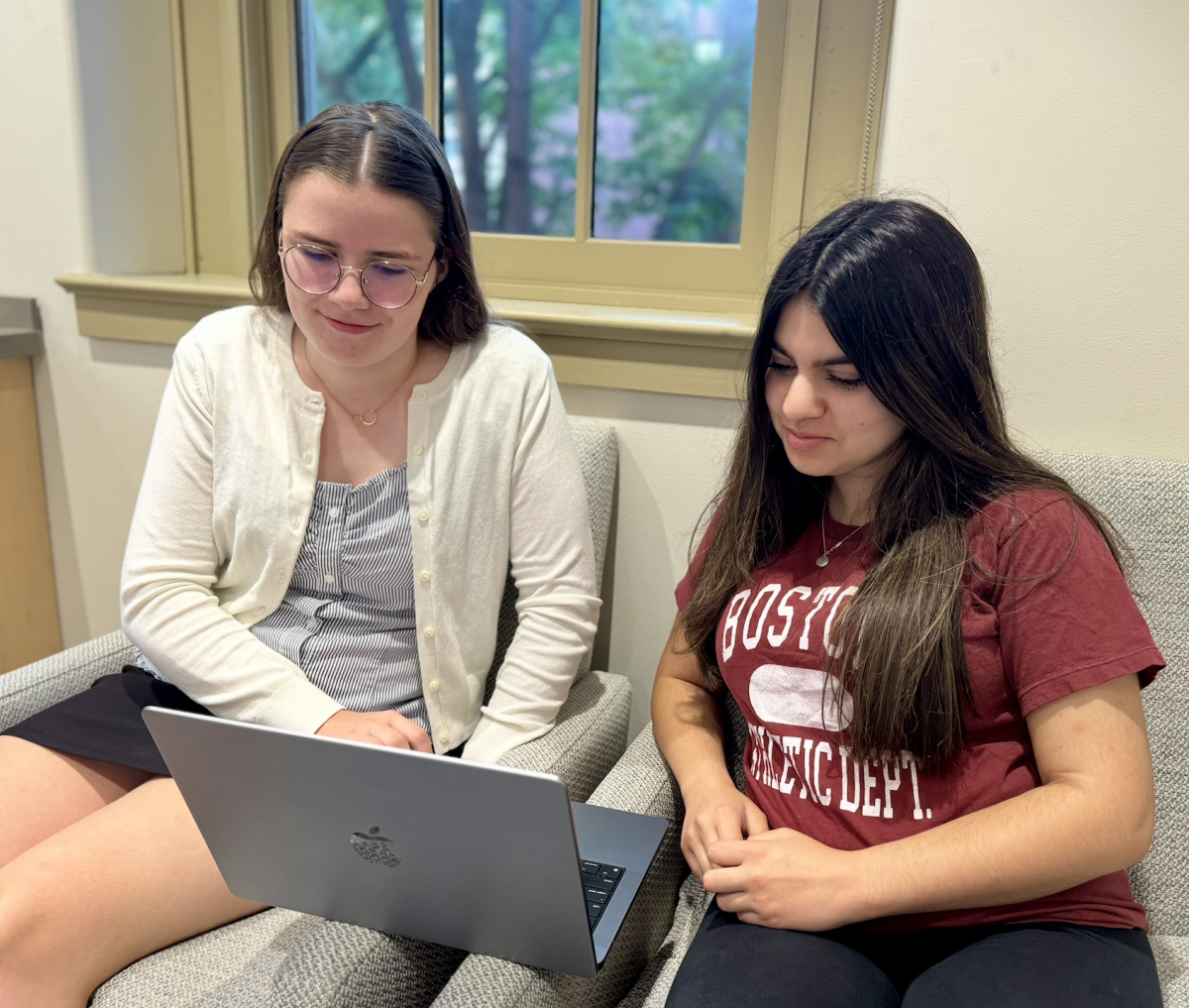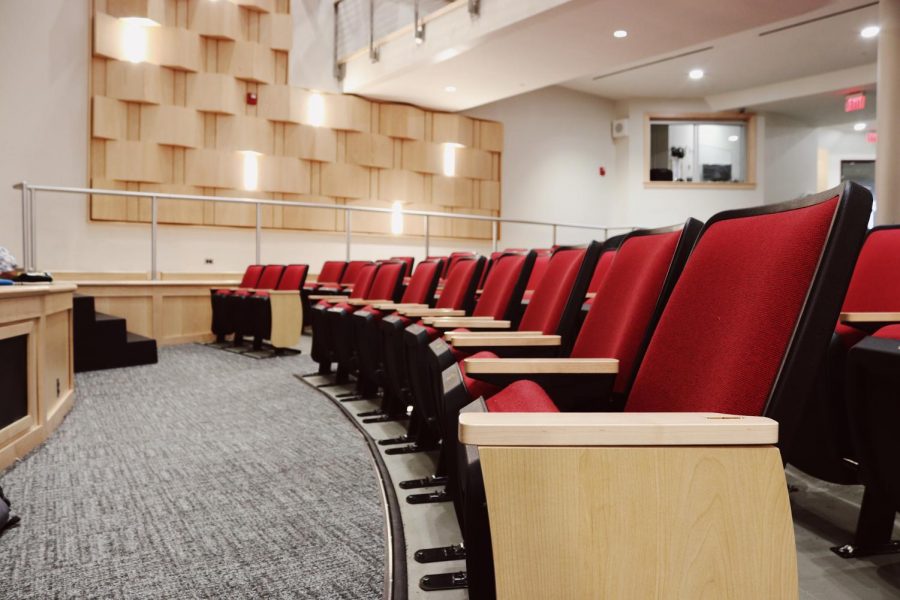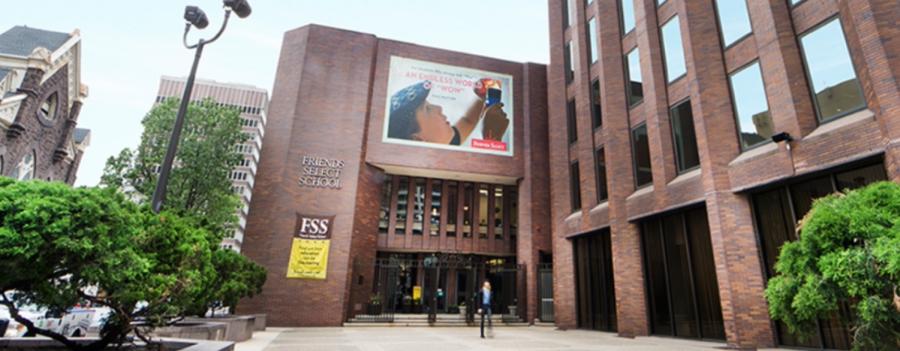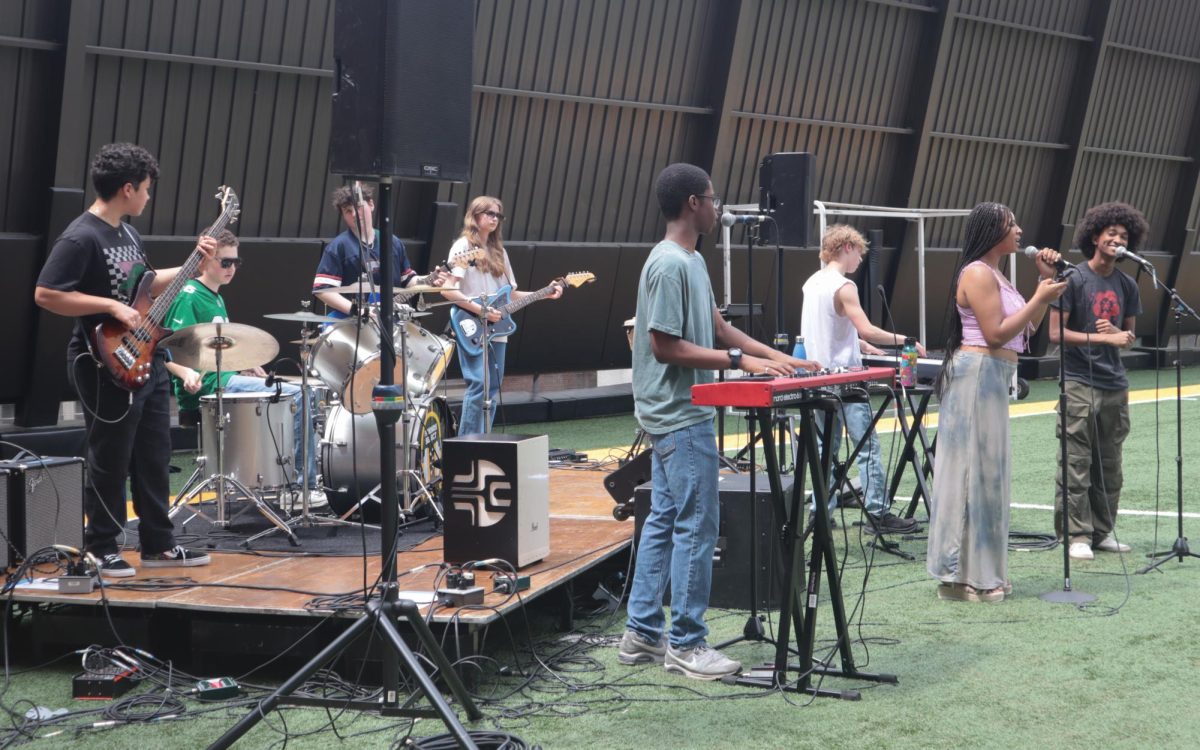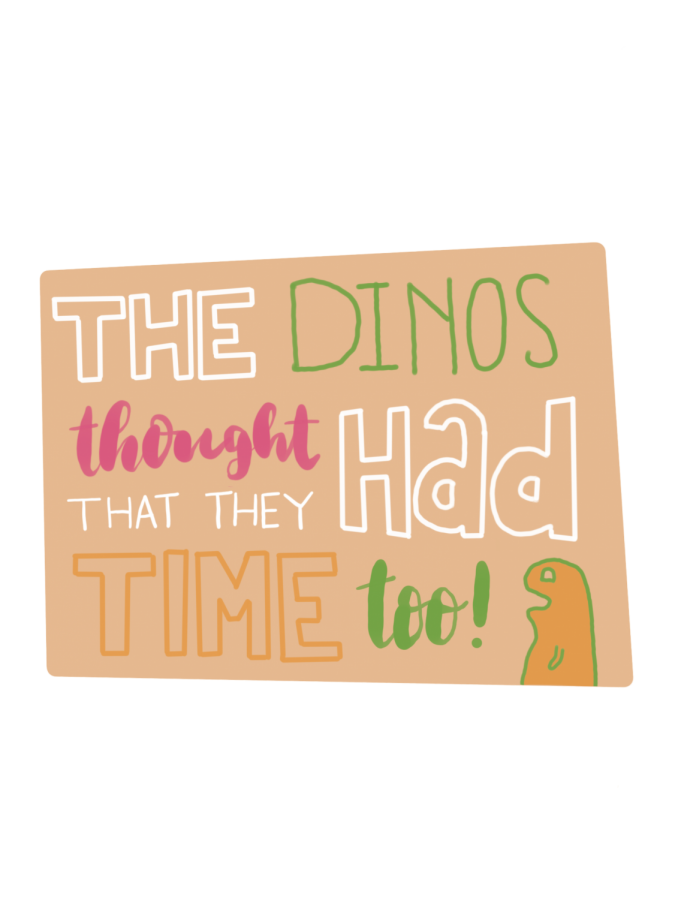Students Walk out of School to Battle Climate Change
City Hall, September 20th. Thousands of protesters ranging from young children to adults stand shoulder-to-shoulder. Some
are students coming straight from class carrying their backpacks. Some hold signs in the air,most of which are made from reused cardboard boxes. Voter registration tables are set up along the sidewalk. Teenagers stand on top of statues. A stage is set up against the building facing North Broad Street. Protesters can hear chants, speeches from student leaders, a message from Councilwoman Helen Gym, and even a climate change rap. This is the Philadelphia Climate Strike.
According to the Global Climate Strike website, a 7.6 million people joined the strike on September 20th. May Colgan ‘23, one of the organizers for the Philadelphia strike, says that Philadelphia had an estimated 4,000 protesters.
May got involved with the climate movement earlier this year because she felt she had a responsibility to do something about the climate crisis. “In my opinion,” she says, “climate change is the single biggest threat we as a species have ever faced.”
Many Friends Select students feel similarly. AJ Caldwell ‘23 says that he attended because he wants to “live his life out to the fullest, but with climate change, he may not get that chance.” C.C. Servon ‘21, who attended the protest wearing a defaced American flag as a cape, says that she felt it was important to strike because she wants to “be able to have grandkids, or at least have that option.” She’d “like to think that the walks are helpful. It always gets adults to notice us, even though a lot of it is negative attention.” C.C despises the attitude held by some adults who consider the protesters whiny “snowflakes.”
Dean of Students, Norman Bayard, attended the rally and says that he thinks it went well. “I am prayerful that it has a big impact, especially with the people in my generation. I am confident that you all are going to take the necessary steps to ensure the upcoming generation’s survival.” May is optimistic about the impact of the strike, saying that “compared to the last two strikes we’ve done in Philly, this past strike had, by far, the biggest turnout.” She says that the strike helped local groups like Sunrise Philadelphia, a youth-led environmental justice organization, get more people involved.
Like Norman, many at Friends Select are confident that students have the power to affect change. Rachel Luce ‘21 cites student protests after the mass shooting in Parkland, FL as one example of this, and C.C. draws connections to the Civil Rights Movement, which included lots of student involvement. English teacher, Matthew Rosen, wholeheartedly feels that students can make a difference in the world, saying that “students are clearly people, and people, when they work together, can really make a change in the world—that’s the way change happens.” Norman agrees, saying, “what strikes your generation apart from others is that you not only talk the talk, but you walk the walk.” He also points out that the current generation of youth is more able to affect change than previous ones because of the ease and speed with which students can communicate globally.
However, there are other ways for FSS to help the climate movement besides attending events like the Global Climate Strike. May remarks that “As a school, Friends Select has a ways to go on its journey to sustainability. Small efforts like recycling and minimizing food and paper waste are very important in the climate crisis era.” She suggests that students who want to help plan the next climate strike reach out to [email protected], or get involved with the Sunrise Movement ([email protected]).
“The important thing to remember,” May notes, is that “the climate movement is for everyone but it is especially for the younger generation. This is not an idle threat. Climate change is currently in the process of destroying our futures and it’s going to require anyone and everyone to stop it.”

